Ringless Honey Mushroom (Desarmillaria caespitosa)
The Ringless Honey Mushroom is a fascinating fungus commonly found in clusters at the bases of trees, stumps, and buried wood, particularly in urban yards and near oaks. Despite appearing to sprout from the ground, this mushroom always grows from dead wood, making it a decomposer critical to nutrient recycling in forest ecosystems.
Identification Features
Cap: Honey-colored, ranging from yellow-brown to reddish-brown, with a convex shape that flattens and develops an uplifted margin as it ages. The cap’s surface is dry and adorned with cottony, reddish-brown scales.
Gills: Whitish, spaced distantly, and may stain pinkish or brownish. The gills slightly descend where they attach to the stalk.
Stalk: Thick and tapering toward the base, off-white to brownish, and fibrous in texture. Stalks often grow fused together at their bases.
Spore Print: White, with spores that are elliptical, smooth, and colorless when viewed under magnification.
Growth and Ecology
Season: September to November.
Habitat: Found in clusters, often in large numbers, growing on dead wood, including stumps, roots, or buried logs. The mushroom plays a vital role in decomposing dead organic material.
Life Cycle: The above-ground mushroom is the fruiting body of a mycelium, a vast underground network of fungal filaments. When ready to reproduce, the mycelium produces mushrooms that release spores into the environment, starting new fungal colonies. The mycelium spreads through the soil to find new dead wood to colonize.
Role in the Ecosystem
As decomposers, Ringless Honey Mushrooms recycle nutrients by breaking down dead wood. Their fruiting bodies are a food source for insects and arthropods, which in turn support predators like birds, salamanders, and toads. When the mushrooms deteriorate, their remains contribute further to the ecosystem’s nutrient cycle.

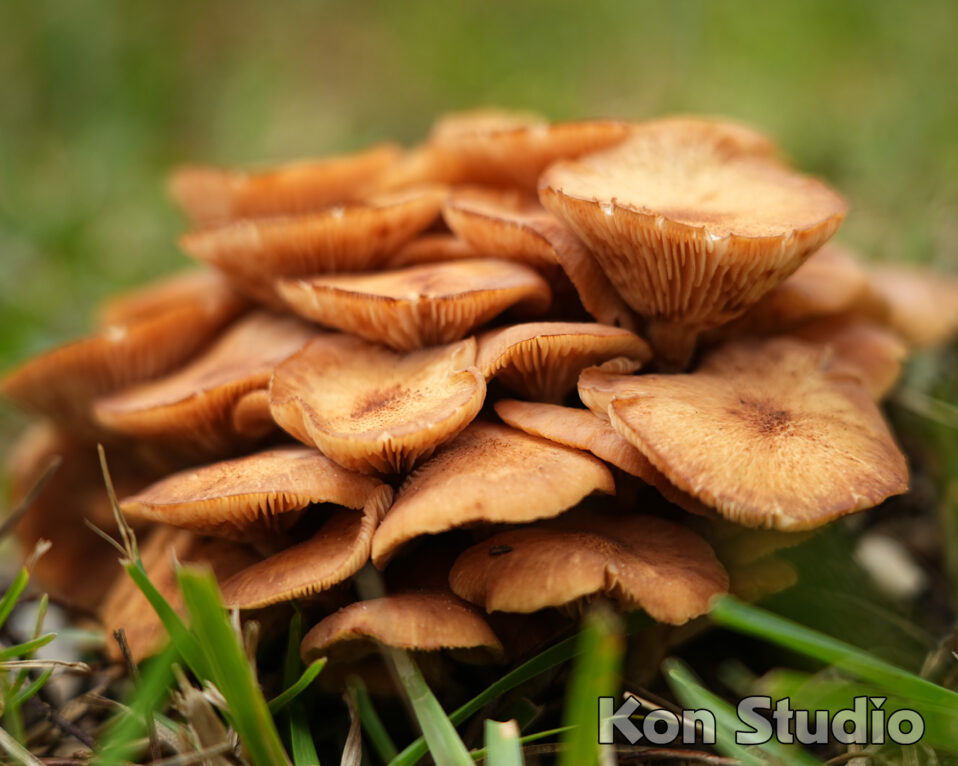
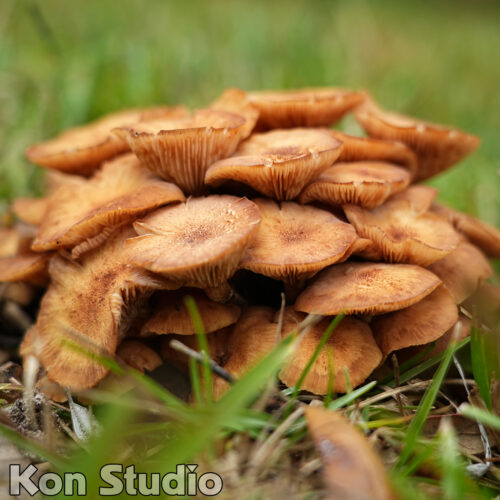
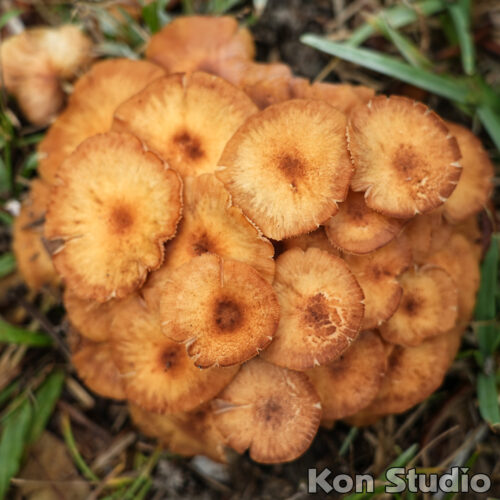
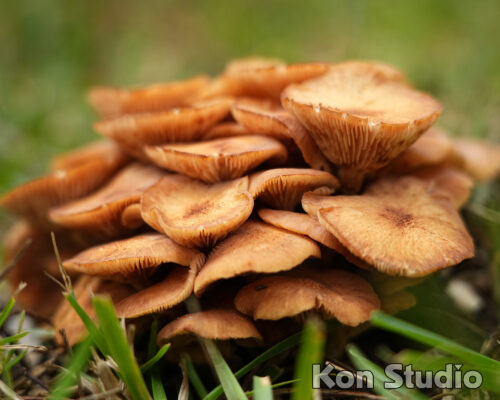
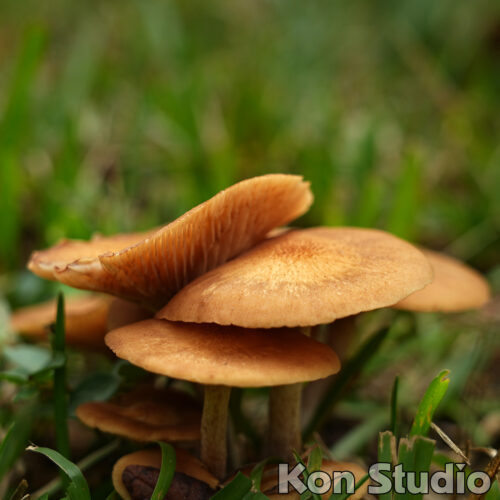
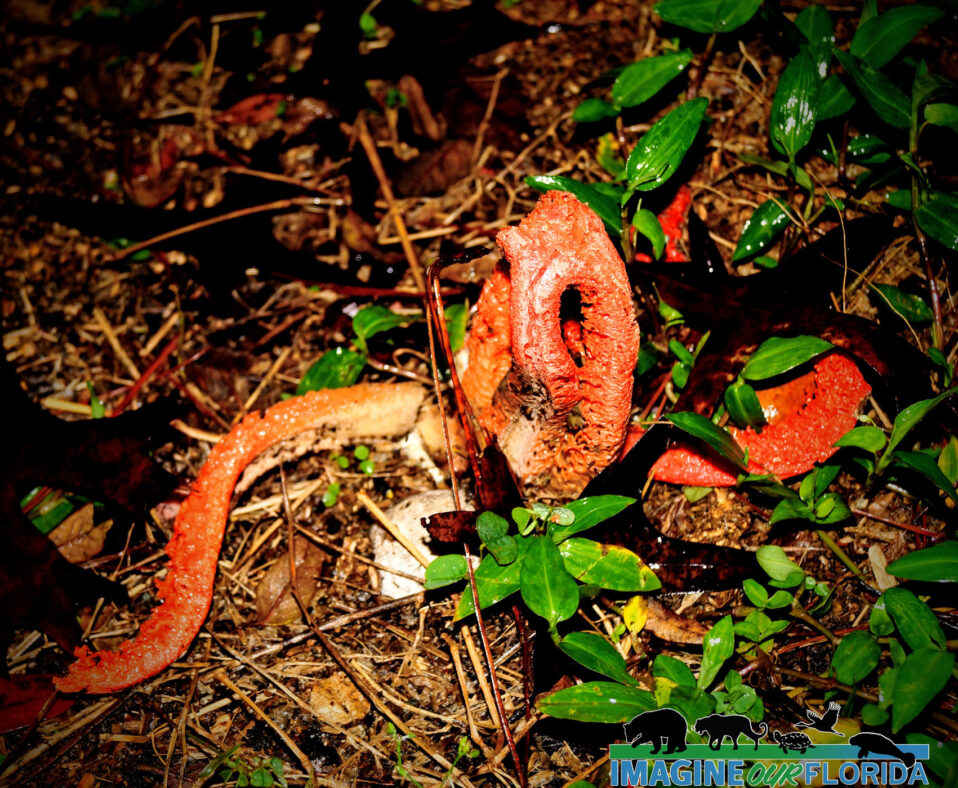
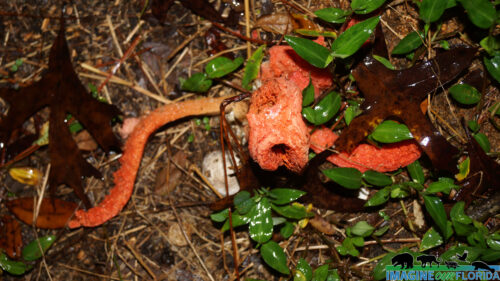
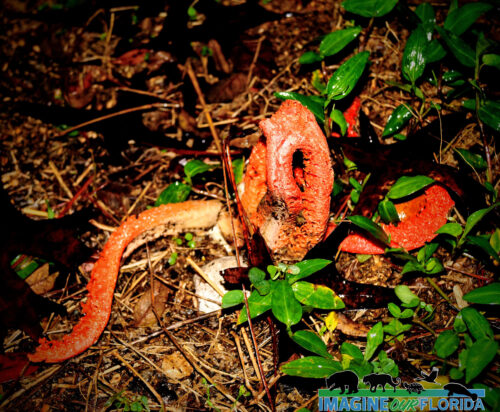
Recent Comments